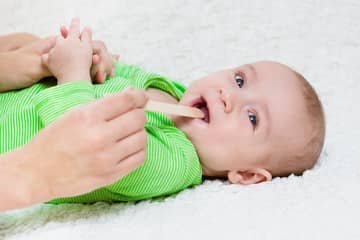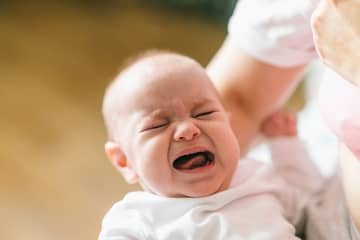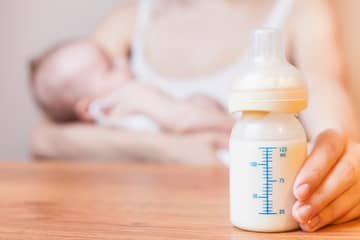
How long does angina last in children?
Classic angina is a very common infectious disease in children. It is a disease of the tonsils, which is most often caused by Streptococcus pyogens. The cause of the disease can also be Streptococcus pneumoniae, some staphylococcal infections or Escherichia Coli bacteria, viruses and fungi. It is most often manifested by pain and scratching in the throat, stuffy nose, pain and problems with swallowing and mucus. Tonsils and tongue are usually swollen and purulent, increased fatigue and fever are typical. In small children, one of the first symptoms is abdominal pain.
With angina, it is important whether it is a viral or bacterial infection. Viral inflammations require only symptomatic treatment, bacterial and streptococcal infections require antibiotics. Symptomatic treatment includes rest, disinfection of the oral cavity and throat, the use of vitamin C and sweating. Sufficient sleep and sufficient fluids are necessary. At an elevated temperature, chest wraps with a wet towel are suitable, if the temperature is high, the wraps should be combined with anti-fever drugs (antipyretics). Fever may persist for several days.
Antibiotics are usually used for treatment of streptococcal and bacterial angina, Penicillin is a common choice. Syrups or lozenges for sucking are suitable to relieve a sore throat. Anti-inflammatory drugs are used, but also herbal teas that help reduce swelling. Intake liquids should not be hot, but only lukewarm.
The incubation period is 2 to 5 days, the disease lasts 7 to 14 days, at least one week after overcoming the disease, one should avoid increased physical activity.
According to mothers, angina in children is manifested by a high temperature, which tends to persist despite antibiotics. If the temperature persists for several days, it is advisable to change the antibiotics. Warm wraps or wet handkerchiefs for wrists and ankles are used for them. They recommend avoiding milk and dairy products, which promote the formation of mucus and pus.
Pridať komentár





